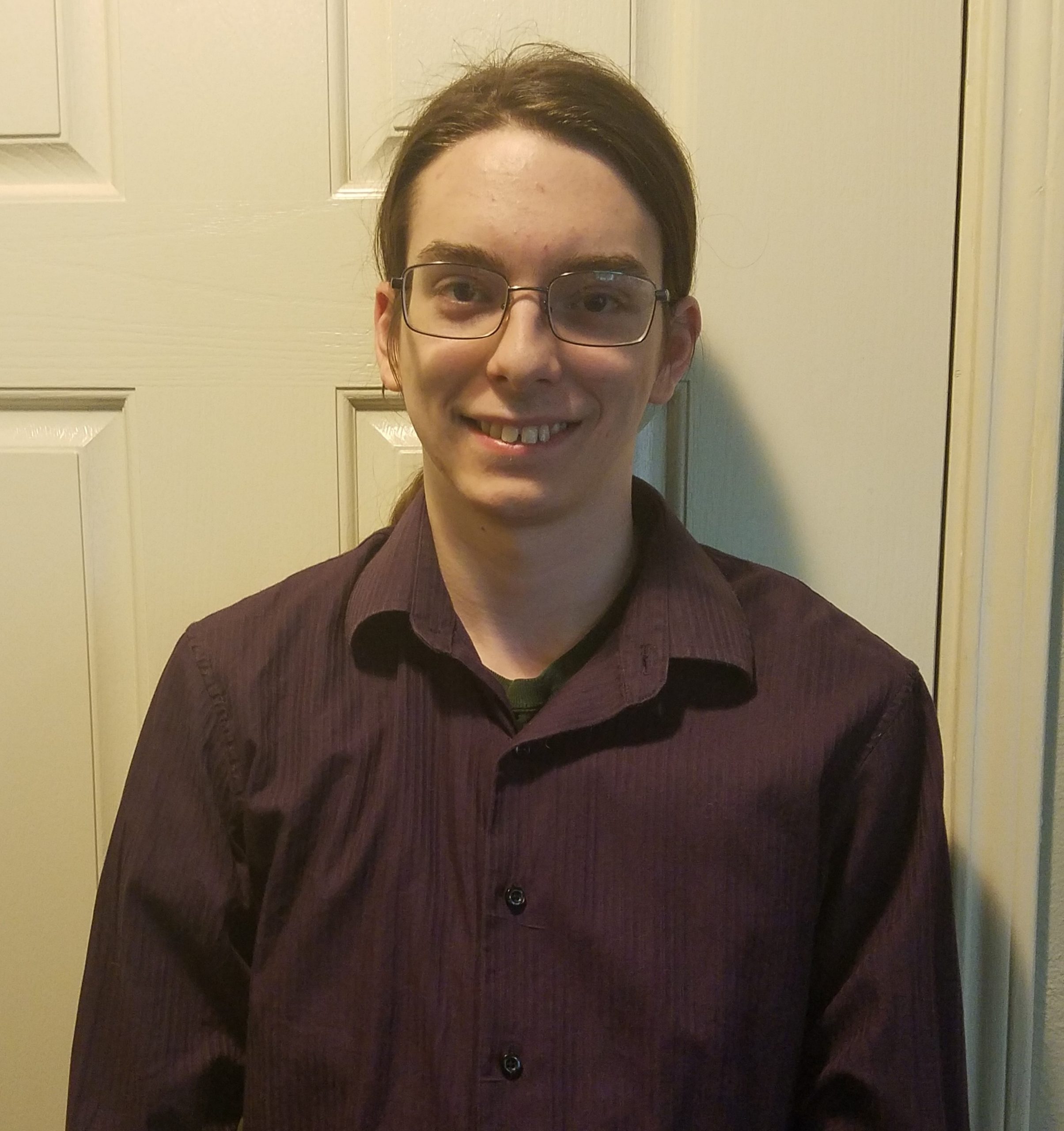Live Poster Session: Zoom Link
Thursday, July 30th 1:15-2:30pm EDT
Abstract: The Gravitational N-Body problem is a problem in physics to predict the motions of N particles interacting gravitationally. For N<3, there exist exact solutions which are easy to compute for all time, given initial conditions. However, for N>2, such solutions do not exist. To quickly solve N>2, and specifically N=3, we need to use computational methods to study the interacting bodies. However, when two bodies get very close, they become difficult to numerically model. At close range, the attractive force is very strong and the bodies rapidly accelerate toward one another, which means the computer must spend large amounts of time to keep the model precise. The Levi-Civita Transform is a regularization that changes time and space so that as two bodies collide, time slows down, allowing the computer to accurately model the approach of two bodies without significant increase in computational time. Here we investigate the implementation of the Levi-Civita Transform on three bodies in one and two dimensions.
LCTransform23body-Morgan-LongLive Poster Session: Zoom Link
Thursday, July 30th 1:15-2:30pm EDT


